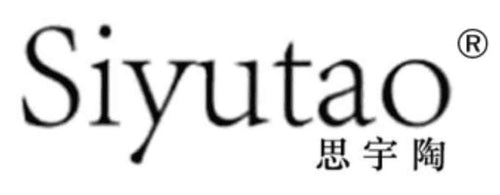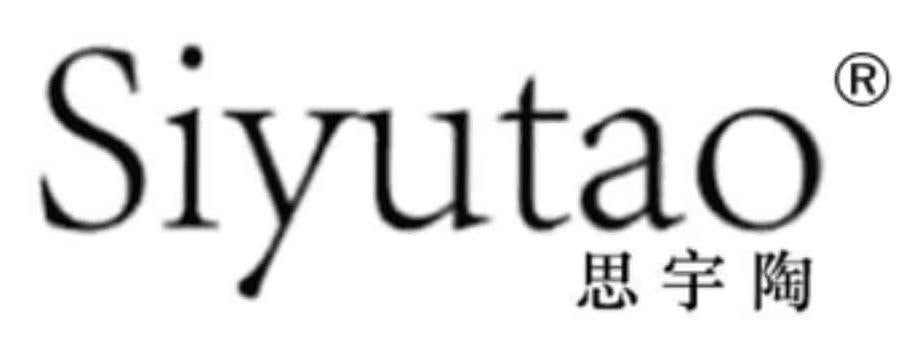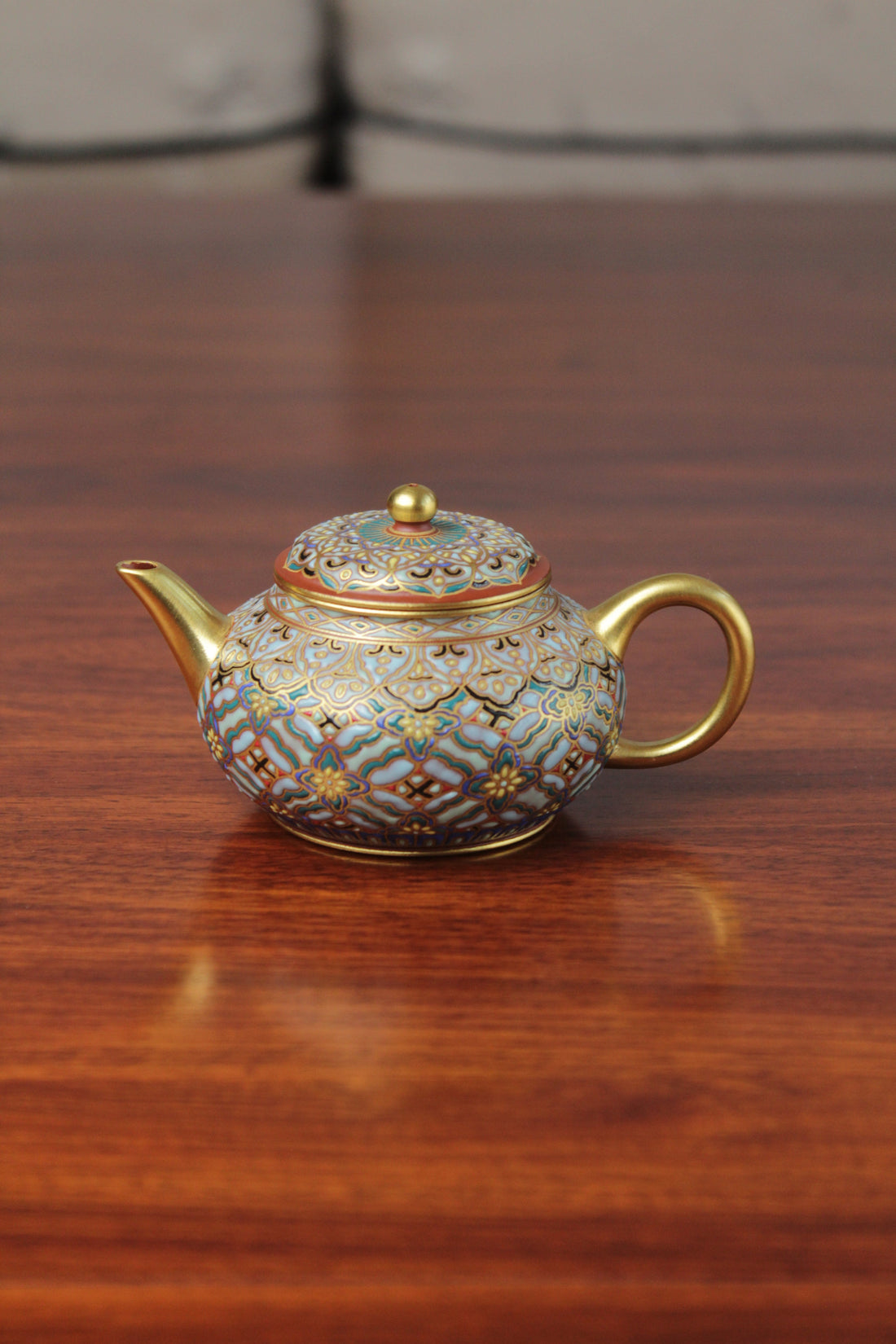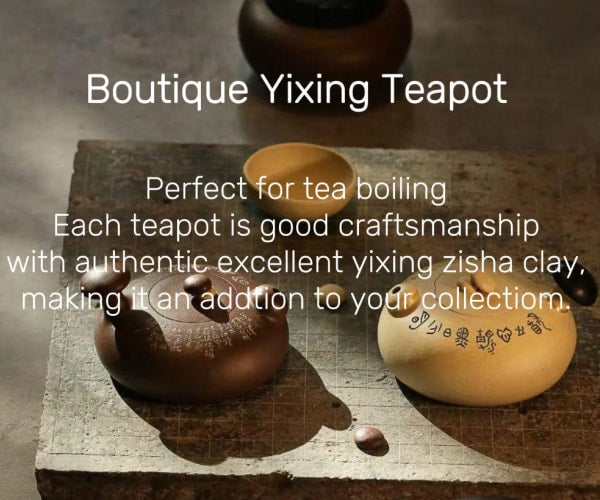The Art of Yixing Zisha Teapots: A Study on Glazing Practices
Content table
The Unglazed Majority: Celebrating Nature’s Palette
When Zisha Meets Glaze: A Symphony of Decorative Arts
Yijun (宜钧): The Yixing Junyao Legacy
Lujun Glaze (炉钧釉): Baroque in Clay
Low-temperature colored glaze (低温彩釉)
Falangcai (珐琅彩): Imperial Opulence
Gold Tracing (描金): Poetry in Precious Metal
Glazed vs. Unglazed: A Philosophical Divide
Conclusion: The Dual Soul of Zisha
Nestled in the heart of Jiangsu Province, the city of Yixing has been revered for centuries as the birthplace of zisha (purple clay) teapots—a pinnacle of Chinese ceramic craftsmanship. These teapots, crafted from the region’s unique iron-rich clay, straddle the boundary between earthenware and porcelain, classified as semi-vitrified stoneware. While most Yixing zisha teapots are celebrated for their unglazed, natural finishes, certain decorative traditions incorporate glazing techniques borrowed from porcelain artistry. Let’s delve into the duality of Yixing’s zisha philosophy: raw elegance unglazed versus ornate glazing.
The Unglazed Majority: Celebrating Nature’s Palette
Over 90% of Yixing zisha teapots are left unglazed, a deliberate choice to honor the clay’s innate beauty. Fired at high temperatures (1,100–1,200°C), the mineral-rich zisha clay undergoes mesmerizing transformations, revealing earthy hues like cinnabar red, chestnut brown, iron gray, peacock green, and brown purple. This natural spectrum arises from variations in clay composition and firing conditions, with iron oxides playing a starring role.
The unglazed surface isn’t just visually striking—it’s functional. The porous texture allows the teapot to "breathe," absorbing tea oils over time to develop a patina that enhances flavor. Combined with exceptional heat retention, this makes zisha teapots ideal for brewing oolong, pu-erh, and black teas. The matte finish, described as "rustic yet refined," evokes a timeless charm that tea connoisseurs revere.
(Photo of unglazed yixing purple clay teapot)
When Zisha Meets Glaze: A Symphony of Decorative Arts
While unglazed zisha dominates, Yixing artisans have historically experimented with glazing techniques, often influenced by imperial tastes or cross-cultural exchanges. These glazed works, though rare, represent a fascinating fusion of utility and opulence.
1. Yijun (宜钧): The Yixing Junyao Legacy

Yixing Jun Ware: A Millennium of Celestial Glazes
Renowned as one of China’s “Four Great Ceramic Traditions,” Yixing Jun Ware (宜兴均陶, Yixing Juntao), also known as Yijun (宜均) or Jun Glaze, is a celebrated category of glazed stoneware originating from Yixing, Jiangsu Province. With roots tracing back to the Song Dynasty (960–1279), Jun Ware flourished during the Ming Dynasty (1368–1644) and evolved into a symbol of imperial elegance under the Qing Dynasty (1644–1912).
Historical Legacy
The artform derives its name from Junshan (均山), a hilly region southwest of Yixing’s Dinghu Town, where kilns specializing in Jun glaze thrived. By the Ming Dynasty, Jun Ware gained prominence under master potter Ou Ziming, whose “Ou Kiln” (欧窑) during the Jiajing to Wanli reigns (1522–1620) produced pieces revered for their ethereal glazes. These works even reached Japan, cementing Yixing’s role in East Asian ceramic trade.
The Qing Dynasty marked Jun Ware’s golden age. Under Emperor Yongzheng (r. 1723–1735), Yixing Jun Ware entered imperial courts, rivaling Jingdezhen porcelain in craftsmanship. Historical records and surviving artifacts—such as the 10+ Yijun masterpieces displayed at the 2007 “Yixing Zisha Exhibition” in Beijing’s Palace Museum—attest to its royal patronage. These pieces, adorned with dreamlike glazes, remain rare treasures today.
Artistic Mastery
Yixing Jun Ware is distinguished by its kiln-transmuted glazes, a technique harnessing natural mineral reactions during firing. The thick, flowing glazes cascade like molten gemstones, solidifying into hues of ash-blue, moon-white, and lavender, often streaked with iridescent “butterfly-wing” veining. Qing connoisseurs praised its “glaze as deep as twilight, colors born of fire and chance.”
Post-1949, Jun Ware experienced revival. Artisans expanded the glaze palette to dozens of shades and revived traditional duitiehua (堆贴花, embossed floral motifs), creating large-scale garden vases and ornamental pieces. Masters like Li Youfang and Zhou Jiwei pioneered modern designs while preserving ancient methods, ensuring the craft’s continuity.
Cultural Resonance
Today, Yixing Jun Ware stands as a living heritage. Veteran artisans mentor new generations, blending ancestral techniques with contemporary aesthetics. From royal courts to global museums, its glazes—a marriage of earth and flame—embody China’s ceramic ingenuity. As the adage goes: “景德瓷,宜兴陶” (Jingdezhen for porcelain, Yixing for clay)—a testament to Jun Ware’s timeless place in ceramic history.
Key Terms
-
Yijun (宜均): Yixing’s Jun-glazed stoneware.
-
Kiln transmutation (窑变): Serendipitous glaze effects from firing.
-
Duitiehua (堆贴花): Relief sculpture using layered clay appliqués.
2. Lujun Glaze (炉钧釉): Baroque in Clay
Innovated during the Qing Dynasty’s Yongzheng era (1723–1735), this low-temperature glaze (650–950°C) creates psychedelic effects through dual-tone fusions. After an initial high firing, artisans applied lead-based pigments like malachite green and cobalt blue, rebaking the teapots in "color kilns." The result? A marbled, jewel-like surface adored by Qing aristocrats.

(▲清 炉钧釉紫砂壶)▲Qing Dynasty, Lujun glaze purple clay teapot
3. Low-temperature colored glaze (低温彩釉)
This technique was inspired by the Jingdezhen porcelain painting technique of the same period and was popular during the Kangxi, Yongzheng and Qianlong reigns of the Qing Dynasty. The technique involves painting on the fired purple clayware and then baking it in a color furnace for a second time. The coloring technique is relatively simple, mainly blue and white glaze painting, and there is also a color glaze painting, with colorful and gorgeous color combinations.

(清 彩釉紫砂壶)Qing Dynasty: A Colorful Glazed Purple Clay Teapot
4. Falangcai (珐琅彩): Imperial Opulence
Introduced by French Jesuits in the Kangxi reign (1662–1722), cloisonné enameling transformed zisha into luxury objects. Using imported European pigments, court artisans painted intricate floral motifs or landscapes onto pre-fired teapots, then refired them at 750°C. The vivid, glass-like finish—reserved exclusively for the emperor—symbolized China’s early global trade networks.

(Works of modern ceramic art master Wei Ren)现代 陶瓷艺术大师 任伟 作品
5. Gold Tracing (描金): Poetry in Precious Metal
A specialty of Qing palace workshops, this technique involved painting teapots with gold powder or liquid gold, often accenting poetic inscriptions or landscapes. The delicate process, requiring multiple low-temperature firings, produced gilded masterpieces that glittered in imperial tea ceremonies.

(▲清乾隆 御制紫砂描金山水诗文方壶) ▲A purple clay square pot with landscape and poetry inscribed in gold, made for the emperor during the Qianlong period of the Qing Dynasty
Glazed vs. Unglazed: A Philosophical Divide
The debate over overglaze vs. unglazed reflects deeper cultural values. Historically, overglazed purple clay was used primarily for ceremonial or decorative purposes and collections, rather than for everyday use. As Ming Dynasty scholar Wen Zhenheng said, "Unglazed purple clay touches the soul, while overglazed purple clay dazzles the eyes."
Conclusion: The Dual Soul of Zisha
Yixing’s zisha teapots embody a harmonious contradiction. Their unglazed forms celebrate wabi-sabi simplicity, while glazed variants showcase human ingenuity. Whether bare or adorned, each teapot tells a story—of geological alchemy, imperial whims, or cross-continental artistry. For collectors, the choice between raw and glazed zisha isn’t merely aesthetic; it’s a dialogue between nature and civilization, distilled into a vessel meant to cradle tea and transcend time




